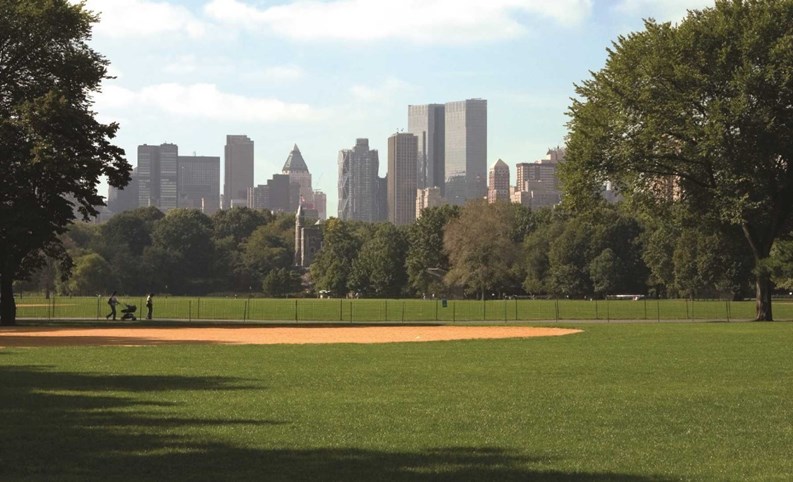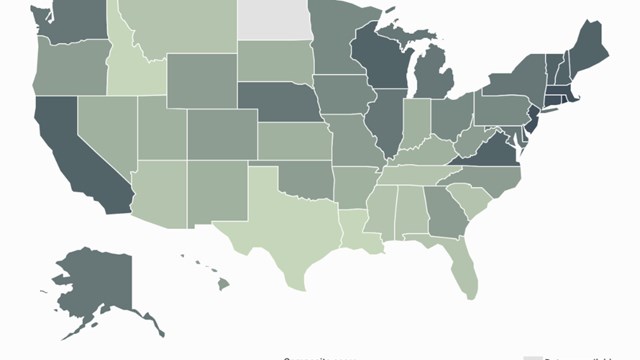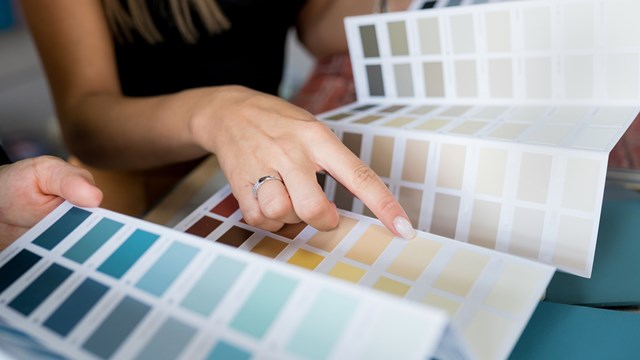The Big Apple. Paris has just as much romantic cachet. Rome is every bit as frenetic. London has excellent theater, too, and there are also esteemed financial institutions in Zurich and Hong Kong and Frankfurt. Tokyo and Mumbai and Jakarta have just as much population density, if not more. Berlin’s art scene is probably more robust. Kuala Lampur has tall skyscrapers as well. And the cabbies drive just as crazily in Naples. But no other city has all of those things, and more. As former Mayor Rudy Giuliani put it to David Letterman a few years ago, suggesting a new motto for New York: “We can kick your city’s…” Well, you can imagine. It was Rudy talking, after all.
Simply put, there is only one New York. And when one speaks of New York City, one is not generally referring to Rego Park or Marble Hill or even Park Slope. To outsiders, New York means Manhattan—the omphalos of the universe.
New York, New York. The city so nice, according to the song, they named it twice. As well they should. For there is a duality inherent in New York. A city with so much to recommend it comes with caveats that are often the flip side of the same coin (or subway token, as it were). This is what I found when I asked people what the best and worst things about Manhattan were.
The Energy
There is a raw energy about New York that isn’t quite the same anywhere else—even in Tokyo or Rome. There is always something going on, something to see, something to do, someone fabulous to meet. And the city is always open, unlike in, say, London, where pubs close at the retirement-community hour of 11 p.m.
“The energy, the opportunity, the excitement,” says Adelaide Polsinelli, senior executive broker with the Platinum Team at Besen & Associates and the president of the board of her Fifth Avenue co-op, of the best aspects of Manhattan living.
Polsinelli was born and raised in Manhattan, and never left.
Barbara Fox, owner of Fox Residential Group, who moved to New York from North Carolina after college and never looked back, spoke of returning from a trip to South Africa.
“About 5 a.m. New York time, we’re flying over New York,” Fox recalls. “All of the sudden my heart starts to beat faster. I can’t wait to get home.”
“The energy of Manhattan is contagious and invigorating,” says Jessica, a human resources executive who asked that her last name not be used. “I can relax knowing there will always be someone in town who’s dressed worse than I am, and better than I am. There will always be someone smarter, and someone...less so.”
She lived in Manhattan for a decade, and has worked there for “20 years, 7 months and 22 days,” not that anyone’s counting.
But all that energy comes with a price. It can be overwhelming, even to seasoned New Yorkers.
“When I lived in Manhattan, I felt pressure to do something important, educational or enlightening every free moment, because of course, you can find something important, educational or enlightening 24/7,” says Jessica.
There are other, more quantifiable drawbacks: “The noise, the volume of people per square foot, the impatience and the frenetic pace,” says Polsinelli.
Indeed, an inherent difficulty with living in a city that never sleeps is that people do sleep—but not always at the same time. Some people—like this reporter’s old neighbor on 28th Street and Lexington, for example—preferred ingesting drugs and listening to the Rolling Stones at Giants Stadium volume all night.
The Convenience
Manhattan is always open. You can get pretty much anything, anywhere (except maybe a mimosa at Sunday brunch before noon.)
To Marsh Hanson, who works in IT for a securitization firm, Manhattan’s greatest asset is “conveniences of all sorts, available 24 hours a day.”
Susan Schroeder, an attorney, agrees. “I can get anything I need—and it’s generally within walking distance and available immediately.”
Convenience extends to other areas as well.
“It’s the conveniences of things being open late, not needing a car, being forced to ‘live small’ in a sense (so the extra responsibilities aren’t overwhelming),” offers Erin Pace, an executive assistant who has lived in Chelsea for 10 years.
“Everything is steps away,” adds Enid Hamelin, director of marketing for Lawrence Properties. “You don’t need transportation—you can walk everywhere.”
Not needing a car is a big plus. For one thing, it makes life much easier—no automobile to maintain, no gas to buy, no worries about parking. For another, the dearth of civilian cars and the wealth of cabs all but eliminate the problem of drunk driving that plagues the rest of the country.
But the open-all-night aspect of New York has its downside as well.
“Living small can feel claustrophobic a lot of the time,” says Pace, “and though there are many delightful attractions in Manhattan (she cites Central Park, the vibrant theatre/arts world, the West Side bike path or bridges, the history, the architecture, the hubbub, etc.) it’s challenging to truly enjoy the outdoors, and this can promote a kind of rushed, anxiety-ridden energy in the people who inhabit New York City.”
Not having a car, too, has its disadvantages. For one thing, you are dependent on your feet, public transportation, or cabs. And while it’s usually easy to get around in Manhattan, (“The city has the most incomparably straightforward transportation system,” says Hanson) it’s impossible to hail a cab in the Theatre District at rush hour, the subway sometimes stalls, and if you want to get out of the city for some unfathomable reason, you have little choice but to rent wheels.
The People
The biggest draw of Manhattan might be the people—those who live there, those who work there, and those who are just visiting. People of nationalities most people have never heard of. People working in every conceivable field. Celebrities of all stripes, walking down Bleecker Street to grab a bagel just like anyone else. Where else can someone working in a corporate benefits office walk down the hall to the bathroom—and run smack dab into Cindy Crawford? (That someone would be Yours Truly).
“It’s like a microcosm of the world,” says Polsinelli.
Italians in Little Italy, Chinese in Chinatown, Eastern Europeans in the East Village, Puerto Ricans in Spanish Harlem, African-Americans in Harlem proper—and probably the country’s largest gay and lesbian community in the West Village and Chelsea.
“You can be different and be accepted here,” says Hamelin.
And New Yorkers, despite their often gruff exteriors, are nice people who care about others. At no time was this more evident than in the aftermath of September 11th when strangers went out of their way to help each other, and crime virtually stopped.
“People are very helpful,” says Hamelin. “There is a misbelief that New Yorkers are not friendly. New Yorkers are very friendly. They are even more gracious because they love showing off their city.”
The massive concentration of people also allows you, paradoxically, to lose yourself in the shuffle, if you so choose.
“You can be totally anonymous, or you can walk up and down Madison Avenue and see a hundred people you know,” says Fox, whose brother-in-law has dubbed her the “Mayor of Madison Avenue.”
The downside to having so many people is…well, that there are so many people.
“After fighting for space on the subway, you relish an afternoon in the park,” says Schroeder. “After a day of jostling with countless strangers, you appreciate walking into the neighborhood restaurant where you’re greeted as a regular.”
Hanson lists tourists and crowds as two of the worst aspects of Manhattan living. Schroeder does not condemn all visitors to the Apple.
For “tourists who don’t understand the rules,” she has a few simple words of advice: “WALK FASTER AND GET OUT OF MY WAY.”
All in all, though, Manhattan is still—to paraphrase Sinatra—A-number one.
“I don’t have too many worse things,” says Hamelin. “Is it crowded? Yes. Is it pricey? Yes. But the upside is a lot better than the downside.”
“Working in Manhattan keeps me young,” says Jessica. “And if you doubt it, check out everyone else in my school graduating class.”
So what are the worst aspects of living in Manhattan?
“There aren’t any,” says Fox. “I love this place so much, I could never live anywhere else.” She then asks her assistant, Brad Lowe, for his thoughts on the subject.
“Greatest [gosh darn] city in the entire world,” he says.
Greg Olear is a freelance writer and a frequent contributorto The Cooperator.







3 Comments
Leave a Comment